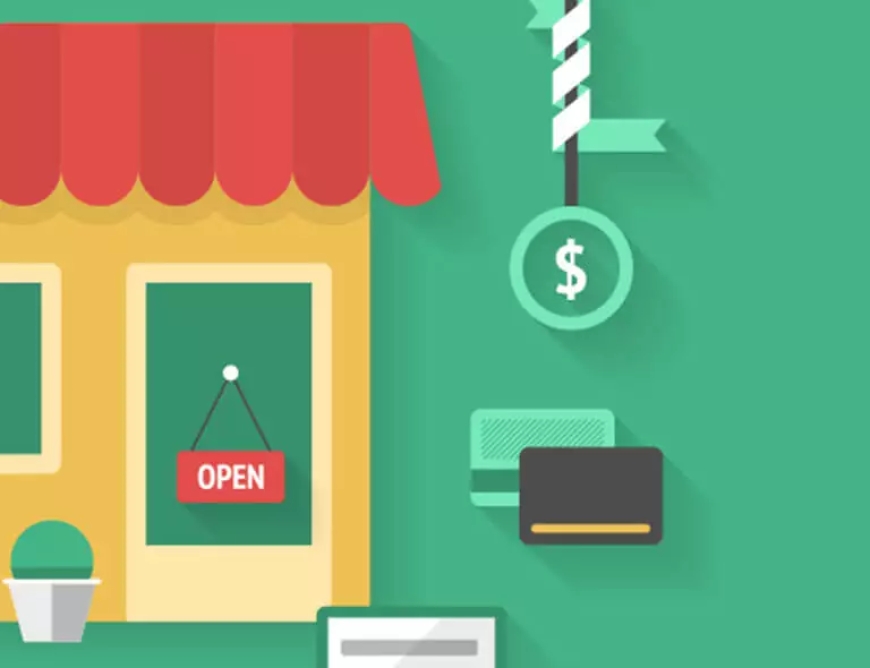The Evolution of Shopping: From Brick-and-Mortar to E-commerce
The Evolution of Shopping: From Brick-and-Mortar to E-commerce

Shopping has undergone a remarkable transformation over the centuries, evolving from simple barter systems to sophisticated digital marketplaces. This evolution has not only changed the way we purchase goods but also reshaped the retail landscape. In this article, we delve into the journey of shopping, tracing its path from traditional brick-and-mortar stores to the dynamic world of e-commerce.
1. The Origins of Shopping: Markets and Bazaars
The concept of shopping began in ancient civilizations where people traded goods and services in local markets and bazaars. These bustling hubs of commerce were central to community life, offering a wide array of goods, from food and textiles to pottery and jewelry. The personal interaction between buyers and sellers was a key feature, fostering relationships and trust.
2. The Rise of Brick-and-Mortar Stores
With the advent of the industrial revolution, shopping started to take on a more structured form. The late 18th and 19th centuries saw the emergence of brick-and-mortar stores, such as department stores and boutiques. These establishments provided a wide range of products under one roof, offering convenience and a new shopping experience. Iconic stores like Harrods in London and Macy's in New York set the standard for modern retail, emphasizing customer service and luxurious environments.
3. The Suburban Shopping Mall Boom
The mid-20th century introduced the concept of suburban shopping malls. These sprawling complexes combined retail stores, entertainment options, and dining establishments, becoming social and cultural centers. The convenience of ample parking and a diverse range of stores attracted shoppers in droves. Malls like the Mall of America in Minnesota epitomized this era, offering a one-stop destination for all consumer needs.
4. The Digital Revolution: Birth of E-commerce
The late 20th century brought about a seismic shift in shopping with the advent of the internet. The launch of e-commerce platforms like Amazon in 1995 revolutionized retail by offering an unprecedented level of convenience. Consumers could now shop from the comfort of their homes, accessing a vast array of products at competitive prices. The ease of comparing prices, reading reviews, and receiving goods directly at their doorstep transformed shopping habits.
5. The Growth of Mobile Commerce
As technology advanced, so did shopping methods. The proliferation of smartphones in the 21st century gave rise to mobile commerce (m-commerce). Apps and mobile-friendly websites enabled consumers to shop anytime, anywhere. Features like mobile wallets, one-click purchasing, and personalized recommendations enhanced the shopping experience, catering to the on-the-go lifestyle of modern consumers.
6. The Role of Social Media and Influencers
Social media platforms have become integral to the evolution of shopping. Platforms like Instagram, Facebook, and Pinterest allow brands to engage directly with consumers, showcasing products through visually appealing content. Influencers and social media personalities play a significant role in shaping consumer preferences and driving sales through sponsored posts, reviews, and unboxing videos.
7. The Emergence of Omnichannel Retail
In response to changing consumer behavior, retailers have adopted an omnichannel approach, integrating physical and digital shopping experiences. Click-and-collect services, virtual fitting rooms, and augmented reality (AR) apps bridge the gap between online and offline shopping, offering a seamless and personalized experience. Retail giants like Walmart and Target exemplify this trend, combining the best of both worlds to meet customer needs.
8. Sustainability and Ethical Shopping
In recent years, there has been a growing emphasis on sustainability and ethical shopping. Consumers are increasingly aware of the environmental and social impact of their purchases. This shift has led to the rise of eco-friendly brands, second-hand marketplaces, and initiatives promoting fair trade and ethical sourcing.
Conclusion
The evolution of shopping from brick-and-mortar stores to e-commerce reflects broader technological, social, and economic changes. As we move forward, the retail landscape will continue to evolve, driven by innovations in technology and shifts in consumer behavior. Whether through virtual reality shopping experiences or advancements in artificial intelligence, the future of shopping promises to be as dynamic and transformative as its past. Understanding this evolution helps us appreciate the diverse and ever-changing nature of how we shop and consume.
What's Your Reaction?














































































